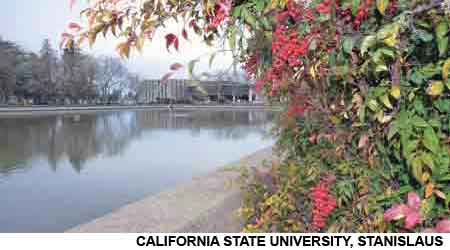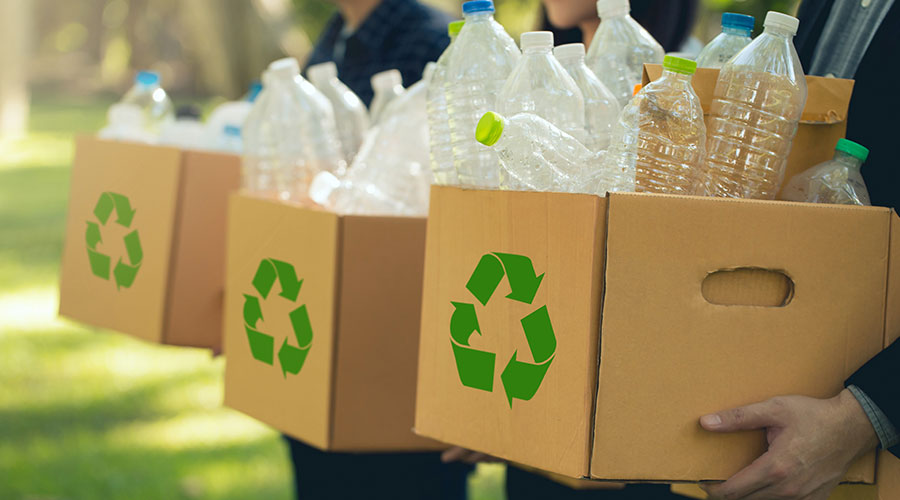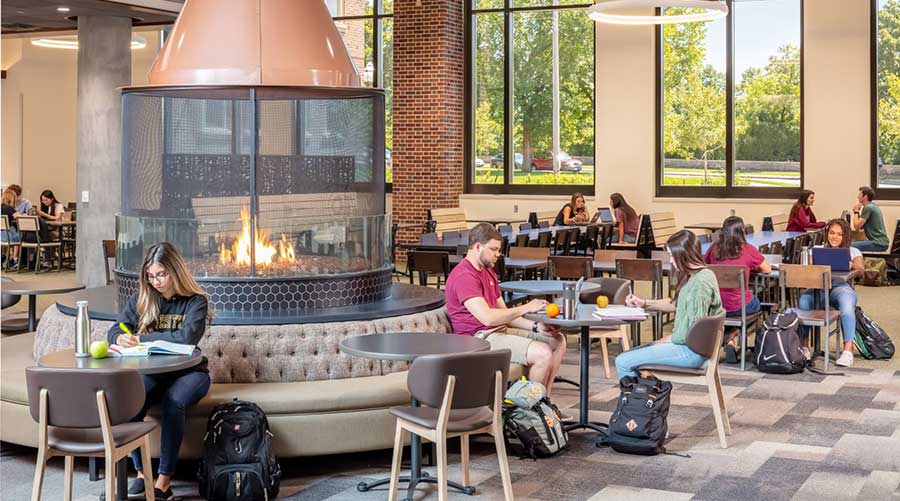California Water-Use Targets Include Sprinklers, Water Reclamation, Landscaping
Part 2 of a 4-part article on how the state’s facilities are reducing water use
Among the many ways California’s facility and sustainability people have responded to the governor’s water-use order are by addressing sprinkler design, water reclamation, and drought-tolerant landscaping.
At the University of California, Merced, which has about 6,300 students, a multi-department stakeholders meeting was held soon after the governor’s April announcement and the grounds became a main focus of water-saving, says Varick Erickson, campus energy manager. The school replaced roughly 700 sprinklers with a design that minimizes evaporation, overspray, and runoff, he says. The facilities department reduced the amount of watering everywhere on campus, and worked with the athletic department to manage the recreational fields with less water, while also keeping them safe.
The department began using an evapotranspiration (ET) irrigation control system in 2014. ET is a measure of how much moisture is lost from the ground through evaporation and from plants through transpiration. Very hot, dry weather, for example, will have a high ET rate and more irrigation will be needed. The system is programmed with plant types and sprinkler rates, and adjusts watering times based on daily ET rates obtained from a weather station. “We got lucky there because we had been piloting this system just before the governor’s mandate and we fast-tracked it,” Erickson says. “Typically these systems save 30 percent on irrigation. We’re getting more than that, because we’re sometimes overriding it to reduce water even more.”
The facilities department also piloted a leak-reporting system based on QR codes to greatly simplify and speed the process. Someone seeing a leak can now scan the code located nearby, which will quickly kick out a work order.
As part of its pursuit of drought-tolerant landscaping, Manco Abbott, Inc., a property management firm serving Central California, has used hydrogel at commercial and multi-family properties to extend water feed to the grass, says Robin Adcock, energy and sustainability coordinator. Once the gel is injected into a lawn, grass roots attach to the material and feed continuously on its sponge-like beads, she says.
“You just need to water enough to keep the gel hydrated,” she says. She had hydrogel installed in Fresno at a large commercial building, which cut water use and run time over the last year by 43 to 47 percent. “The cost is around 25 cents per square foot and the gel lasts five to seven years. We had several days of 106 to 108 this year and my lawns remained green,” she says, despite watering restrictions.
Rigorous Water Reclamation
At California State University, Stanislaus, no potable water at all is used for irrigation, says Louie Oliveira, manager and chief engineer. Anything that comes off roofs, parking lots, streets, and sprinkler overflow is collected, pumped through filters, and used for irrigation throughout campus.
The 9,000-student school, located in Turlock amid the agriculture-rich Central Valley, sits on 220 acres of flat terrain. The school’s water reclamation system collects all rainfall and pumps it into a reflecting pond and on-campus lakes, which together store more than 12 million gallons.
Oliveira and building service engineers have installed a sophisticated system that measures and controls all the waterflow. “A few months back we had a half inch of water fall and we collected over 2 million gallons of water,” he says.
In response to the governor’s edict, the university has completed a project to tap into the campus irrigation loop to send reclaimed water, after filtering and cleaning, to the cooling towers. That change has worked well and is projected to cut campus potable water use nearly 20 percent.
Similarly, Nvidia, based in Santa Clara, is in the permit application phase of connecting to the local utility’s reclaimed water supply for data center cooling towers, according to Bruce Thorpe, head of global energy and critical environments for the company.
"The connection itself is relatively simple once all the permits are obtained," Thorpe says. "We build the pit and the city makes the connection and installs the meter. We then run the purple pipe (for the reclaimed water) to the towers, ensuring we have a 10-foot clearance from any potable water line. The pipes are bright purple and well labeled. We will keep the potable water supply to the towers in place as a back-up system."
Once the system is commissioned, he estimates, the reclaimed water will save over 8 million gallons of potable water every year.
Related Topics:















